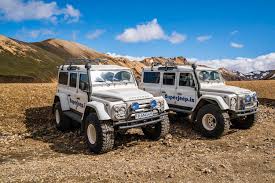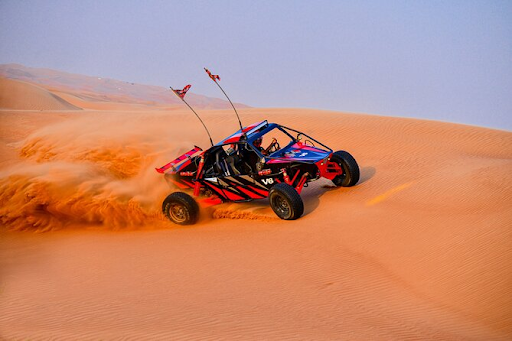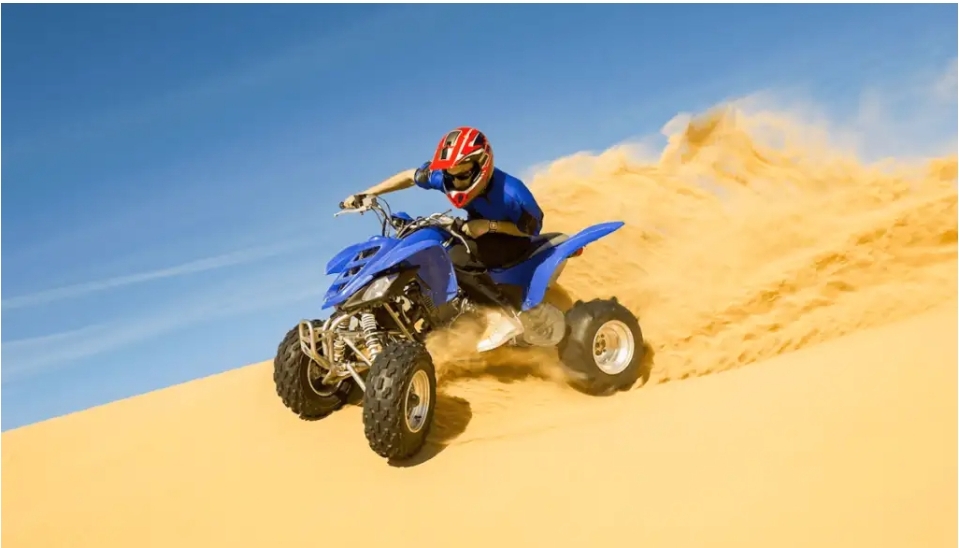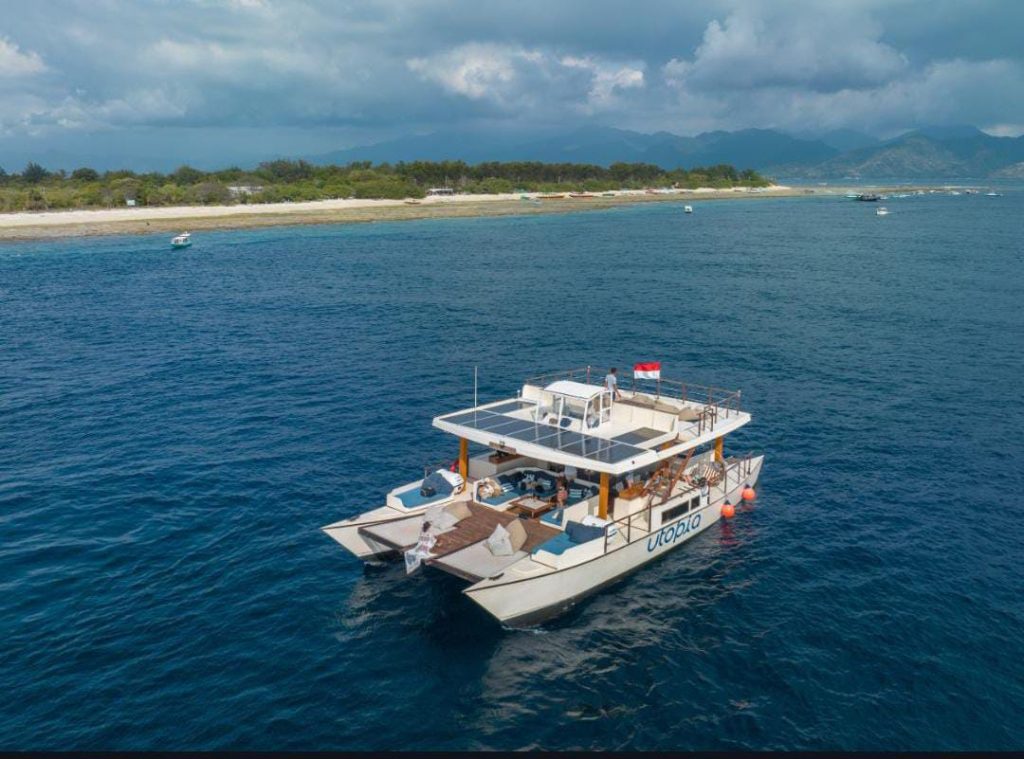Top Locations for Off-road Driving Adventures in Iceland
If you’ve ever dreamed of testing your driving skills against some of the most rough and natural scenery anywhere on Earth, then Iceland should be on your list. Iceland, popularly known as the Land of Fire and Ice, is home to glaciers, volcanoes, waterfalls, and a wide area of uninhabited highlands for off-road driving adventures. If off-road driving is something you love and Iceland is a destination on your bucket list, then Iceland tours along the top off-road locations in Iceland will give the ultimate adrenaline rush.
This blog will analyze the top off-roading destinations and everything you need to know to start your Icelandic adventure.
1. Askja Caldera F-road
The Askja Caldera F-road is a 79 km-long, unsurfaced track leading to one of Iceland’s most distant and interesting volcanic areas. It will take you right through the heart of the huge Ódáðahraun desert, a sea of black sand with lava fields. The unusual landscapes include the Víti geothermal crater lake, where travelers can dip in the naturally heated waters.
Best Time to Travel: Mid-July to late August
Challenges: Unpredictable weather and river crossings, so ensure you have a 4×4 vehicle with good tires and some navigation tools.
2. Austurleið F910
The F910 Austurleið is a 170-kilometer mountain road that cuts through the heart of Iceland’s northeastern wilderness. It is well-known for its strict, remote, and straining terrain, offering a real challenge to every driver and vehicle. This F-road is quite famous for being a difficult route—you’ll find a number of river crossings along the way.
Best Time to Travel: July to September
Challenges: River crossings, sudden weather changes, and no cell phone coverage in many areas.
3.Kaldadalsvegur F550
F550 Kaldadalsvegur, or “Cold Valley,” is the second-highest mountain road in Iceland, filled with natural beauty and history along the 40-kilometer route. This scenic drive will take you through western Iceland’s highlands, offering breathtaking views of two glaciers: Þórisjökull and Langjökull. Also, visit the historic Þingvellir National Park at the southern end of the route and stop at Húsafell for supplies before entering the highlands.
Best Time to Travel: Late June to August
Challenges: Cold temperatures, even in summer, and sudden weather changes.
4.Landmannalaugar F-road
The 102-kilometer Landmannalaugar F-road cuts through the Central Highlands and will surely test the most seasoned off-road enthusiast. It is one of the hotspots for off-road driving, with black lava fields, river crossings, and rugged paths.
The area is rich in hiking opportunities, making it an ideal stop for those seeking to combine off-road driving with outdoor activities.
Best Time to Travel: July to September
Challenges: Sudden weather changes and strong winds can be common. Travel in convoy if possible, and be prepared with the right gear.
5. Mývatn Area
The Mývatn Area is known for its volcanic activity, with formations like the Dimmuborgir lava fields and the Krafla volcanic system. The off-road drivers can explore the geothermal sites, including the Hverfjall crater and the nearby Hverir mud pools.
The roads in the Mývatn area are well-maintained, but there are a lot of opportunities for off-road adventures on the surrounding F-roads. Off-road driving enthusiasts can explore the F88 road, which connects to the Askja Caldera, for a more challenging ride.
Best Time to Travel: June to September
Challenges: Insects, geothermal activity, weather
6.Snæfellsnes Peninsula
The Snæfellsnes Peninsula is often called “Iceland in Miniature” because it showcases the country’s diverse natural features: glaciers, volcanic craters, lava fields, and waterfalls. Off-road driving on Snæfellsnes is moderate compared to some Highlands routes, making it ideal for those looking for a safe adventure.
The combination of difficult gravel roads and accessible routes makes this peninsula a favorite among off-roaders who seek to truly appreciate Icelandic beauty without being too far from civilization.
Best Time to Travel: Summer (June to August) and Winter(November-February)
Challenges: Changing weather, remote roads
7. Sprengisandsleið F26
The Sprengisandur route, or the F26 Sprengisandsleið, is one of the longest. It is a highland road across the middle of Iceland. It’s a great voyage across huge expanses of gray-colored sand and provides an exceptional view of glaciers and mountains on either side. It cuts through the highlands between glaciers, offering a feeling of isolation and adventure.
Best Time to Travel: July to August
Challenges: Rapid weather changes, so pack food, fuel, and warm clothing.
8. Thórsmörk Valley
Thórsmörk, named after the Norse god Thor, is a striking valley carved by volcanic eruptions and glacial meltwater. The drive into Thórsmörk requires crossing several rivers, so a sturdy 4×4 is essential. To reach Thórsmörk, one must cross isolated glacial rivers and drive on rough mountain tracks.
Best Time to Travel: June to September
Challenges: River crossings can be tricky, especially after heavy rain or glacier melt so consider taking a group tour for the best experience.
9. Vatnajökull Glacier
Vatnajökull, Europe’s largest glacier, offers a unique off-road driving experience on ice. You can’t drive onto the glacier in your vehicle, but guided snowmobile tours provide a brilliant way to explore this frozen wilderness. It’s a key feature of Vatnajökull National Park, which offers stunning ice landscapes, volcanic activity, and glacial rivers.
Best Time to Travel: Summer (June to August) and Winter(November to March)
Challenges: Weather changes, slippery ice, and avalanches. Always go with a licensed guide who knows the glacier well.
10. Westfjords (Vestfirðir)
The Westfjords are considered to be among the most remote and rough areas in Iceland. They feature steep cliffs, deep fjords, and narrow gravel roads. In fact, this is an ideal area for those seeking solo trips and adventure since it’s the least populated area.
Off-road drivers can explore the Djúpvegur route, which offers stunning coastal views and opportunities to spot wildlife, including puffins and arctic foxes.
Best Time to Travel: Summer (June to August)
Challenges: Narrow, winding roads and unpredictable weather
Conclusion
Iceland offers exciting places for off-road driving, with rough mountains and beautiful coastlines. For those seeking the ultimate Iceland tour experience, include these top locations on your itinerary. Remember to prioritize safety, respect the environment, and follow local regulations while exploring off-road journeys.






